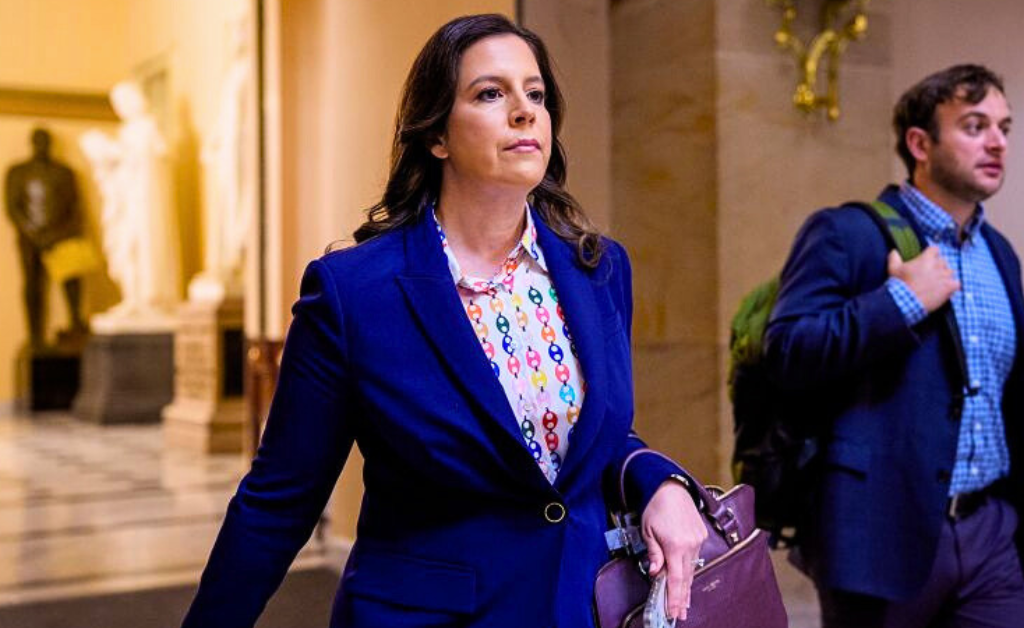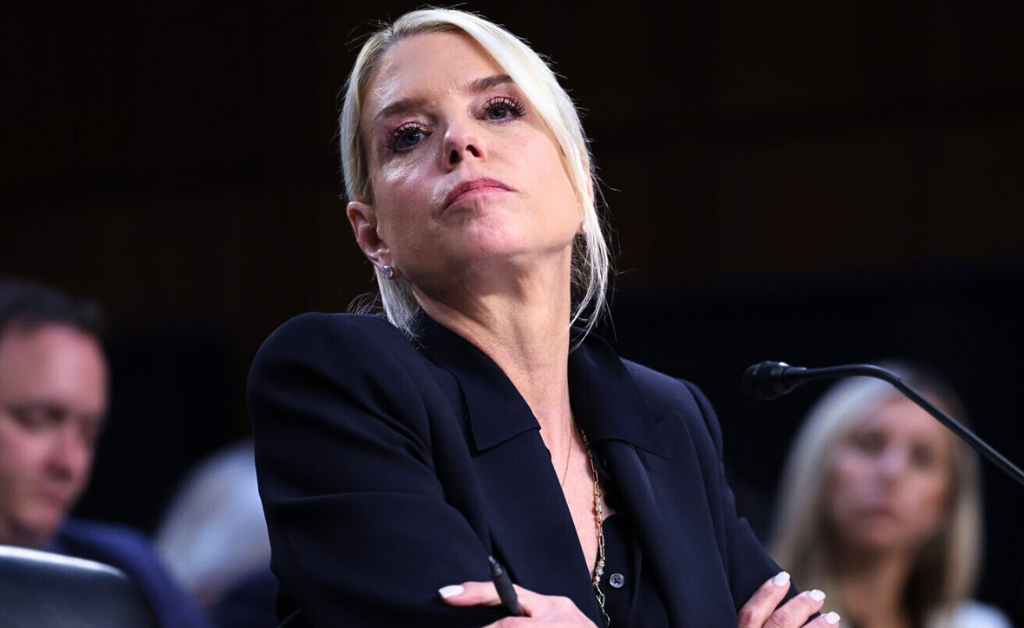- Federal shutdown reached 36 days on Nov 5, 2025, becoming the longest in U.S. history and surpassing the 2018–2019 record.
- Broader shutdown furloughed about 900,000 workers, suspended pay for 2 million, disrupted benefits and major economic activity.
WASHINGTON—As the clock ticked past midnight on November 5, 2025, the ongoing U.S. federal government shutdown quietly etched itself into the history books, becoming the longest funding lapse in the nation’s history at 36 days.
It’s a milestone that President Donald Trump never set out to claim—but one that’s now twice tied to his name, eclipsing the 35-day shutdown from late 2018 into early 2019 that was already the previous record-holder.
What started as a routine budget standoff has ballooned into a full-blown crisis, furloughing hundreds of thousands of federal workers, stalling economic data releases, and leaving everyday Americans to wonder when the lights will flick back on in essential services.
The FrankNez Media Daily Briefing newsletter provides all the news you need to start your day. Sign up here.
The shutdown kicked off at 12:01 a.m. on October 1, after Congress couldn’t bridge a partisan divide over a stopgap spending bill.
Democrats, led by Senate Minority Leader Chuck Schumer, have dug in their heels, demanding extensions for Affordable Care Act subsidies that help millions afford health insurance—provisions set to expire amid broader fights over Medicaid cuts from earlier Republican-backed legislation.
Republicans, including Senate Majority Leader John Thune, counter that negotiations can’t start until the government reopens with a “clean” resolution, free of what they call Democratic add-ons.
Trump, fresh off a weekend at his Mar-a-Lago estate in Florida, arrived back at the White House on November 2 looking every bit the part of a leader frustrated by gridlock, but he’s shown little sign of compromise.
Trump’s First Terms Saw 3 Shutdowns
This isn’t uncharted territory for Trump. During his first term, the White House saw three shutdowns in total, more than any other president in modern history except Ronald Reagan, who oversaw eight brief ones in the 1980s.
The first, in January 2018, lasted just three days and stemmed from a spat over protections for “Dreamers”—undocumented immigrants brought to the U.S. as children under the Deferred Action for Childhood Arrivals (DACA) program.
Trump had ended DACA months earlier, giving Congress a window to act, but talks collapsed when he pushed for immigration concessions in exchange for funding. The government reopened after a short-term deal, but the episode foreshadowed deeper rifts.
Then came the big one: the 2018-2019 shutdown, which began on December 22, 2018, and dragged on until January 25, 2019. That impasse was all about Trump’s signature campaign promise—a $5.7 billion ask for a wall along the U.S.-Mexico border.
Democrats, freshly empowered after flipping the House in the 2018 midterms, refused to budge, with then-House Speaker Nancy Pelosi and Schumer leading the charge.
Trump had warned in a tense Oval Office meeting on December 11, 2018, that he’d own the closure: “I will be the one to shut it down. I’m not going to blame you for it… I will take the mantle.”
Schumer shot back, “We shouldn’t shut down the government over a dispute.” In the end, it took a bipartisan compromise—reopening the government for three weeks without wall money—for things to thaw, but not before the damage piled up.
The Impacts Were Massive

Back then, the toll was brutal. Roughly 800,000 federal employees were affected: about 380,000 furloughed without pay, and another 420,000 deemed “essential” and forced to work anyway, with back pay only guaranteed later by a 2019 law Trump himself signed.
The ripple effects hit hard in places like the Washington, D.C., metro area, where 145,000 federal workers and 112,500 contractors saw the local economy lose $119 million a day—equivalent to 7.3% of the region’s output, slashing GDP by over $2.8 billion in the capital alone.
Nationally, the Congressional Budget Office pegged the total hit at least $11 billion, including $3 billion in permanent economic drag that never fully rebounded.
Food pantries reported a 10% spike in visitors, mostly federal families stretching thin. National parks stayed open but turned into trash-strewn ghost towns, with vandalism at sites like Joshua Tree.
TSA screeners called in sick at rates 55% higher than usual, snarling airports, while the IRS delayed $140 billion in tax refunds and the FDA skipped routine food-safety checks.
Federal workers shared raw stories of survival. One Coast Guard member told reporters they’d turned to garage sales and pet-sitting gigs just to make ends meet, while others skipped mortgage payments or raided retirement savings.
Commerce Secretary Wilbur Ross drew fire for suggesting furloughed staff hit up food banks or that grocery stores would extend credit—comments Trump echoed by saying stores would “work along” with the government.
National Economic Council Director Larry Kudlow called it a mere “glitch,” framing unpaid workers as patriots “volunteering” out of love for the country.
The backlash was swift, with unions like the American Federation of Government Employees suing over the unpaid labor arrangements.
Fast-forward to today, and the parallels are eerie, but the stakes feel even higher. This shutdown has already furloughed around 900,000 workers and suspended pay for 2 million more, including active-duty military in some cases.
Unlike 2018-2019, which was partial and spared about 90% of government spending, this one’s broader—hitting everything from SNAP food benefits (now on partial payouts for 42 million recipients) to economic reports like the monthly jobs data, which the Bureau of Labor Statistics couldn’t release on time.
Goldman Sachs notes the old shutdown nicked just 10% of spending; this could double that pain.
A History Repeating Itself Today
Trump’s administration has amped up the pressure with moves that echo his first-term playbook but push boundaries further.
On October 10, they began laying off thousands from agencies like Commerce, Education, Energy, Health and Human Services, Homeland Security, Housing and Urban Development, and Treasury—part of a broader “Department of Government Efficiency” drive that’s already trimmed federal staffing since January.
A federal judge temporarily blocked an initial round of 4,000 firings as illegal under shutdown rules, but the White House is appealing.
Trump has also questioned back pay for furloughed staff, telling reporters on October 7 it “depends on who we’re talking about” and that some “don’t deserve to be taken care of.”
House Minority Leader Hakeem Jeffries fired back: “The law is clear—every single furloughed federal employee is entitled to back pay, period.
“The political temperature spiked after Tuesday’s midterm elections, where Democrats picked up seats and Trump blamed the shutdown as a “big factor” in losses during a Senate GOP breakfast on November 5.
“We must get the government back open soon and really immediately,” he urged, while floating nuking the Senate filibuster to ram through funding without Democratic votes.
Thune shot it down: “The votes aren’t there.” Schumer seized the moment on the Senate floor, calling the results a “five-alarm fire” for Republicans and proof it’s time to “sit down and negotiate… to bring this Republican shutdown to an end and address the health care crisis.”
As Day 36 dawned, food drives popped up outside the USDA on the National Mall, and volunteers sorted non-perishables for struggling families.
Alcatraz Island and the Washington Monument interiors remain shuttered, much like during the last shutdown when unstaffed parks saw looting.
Expert Opinions

Economists warn of mounting risks: delayed small-business loans (over $2 billion stalled last time), stalled exports, and a potential $18 billion drag on discretionary spending.
Moody’s Analytics and others project this could shave 0.5% off GDP growth if it lingers.
For now, the impasse holds, with the Senate’s 14th failed vote on a House-passed funding bill just yesterday tying the old record before breaking it overnight.
Veterans groups, who protested in 2019 without finger-pointing, are speaking up again.
And across the country—from Alaska’s federal-heavy economy to Kansas farmers awaiting payments—the uncertainty grinds on.
Trump’s own words from six years ago, when he vowed to shutdown over the wall “for years” if needed, hang in the air like an unintended prophecy.
How much longer before someone blinks?
Also Read: A DOJ Whistleblower Now Makes Revelation That Undermines the Judicial System’s Integrity













